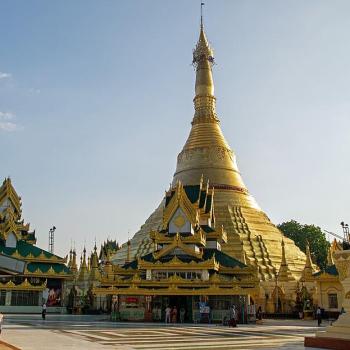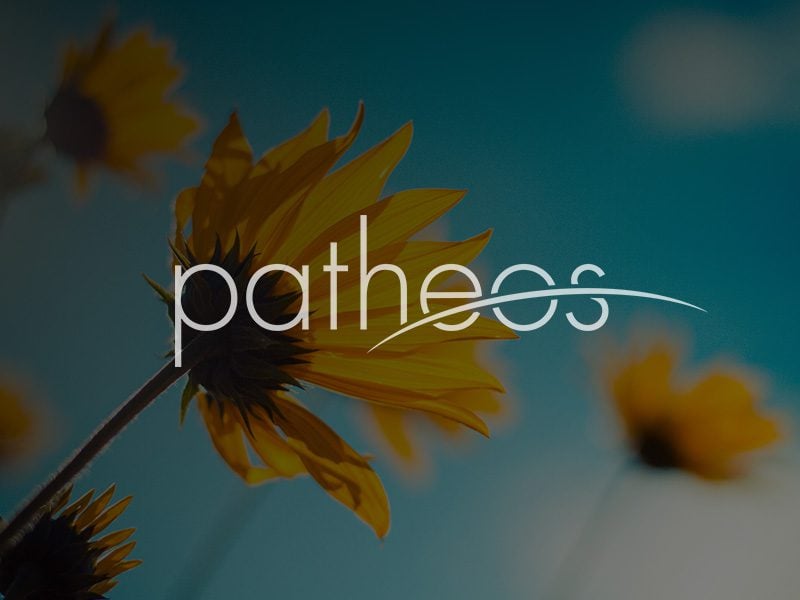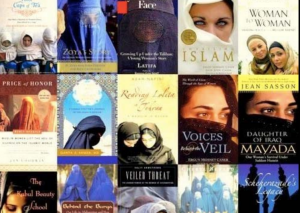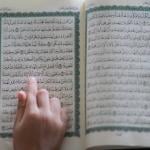Came across a helpful if a bit sketchy overview of the schools of thought within the Muslim Brotherhood, a movement that’s on Western observers’ minds these days.
According to “The Muslim Brotherhood’s Trial of Pluralism” by Ibrahim El-Houdaiby in the Egyptian newspaper Midan Misr, there 4 streams:
- Islamic Modernism in the mold of Muhammad Abduh (and later Mahmud Shaltut) that “rejects the authority of turath (accumulated heritage of Islamic sciences), and calls for the return to Quran and Sunnah and practicing ijtihad (innovation in Islamic jurisprudence) whilst being only guided by ideas in turath.”
- Traditionalism “characterised by heavy reliance on turath and acceptance of the full authenticity of the four main Sunni schools of jurisprudence. The school also promotes the notion of “balanced identity”, arguing that each individual belongs to different circles of affiliation, including mazhab (school of jurisprudence), tariqa (Sufi order), theological school, hometown, profession, guild, family and others.”
- Qutbism—after Sayyid Qutb—a worldview grounded in a “highly politicised and revolutionary interpretation of Quran that divides peoples into those who belong to/support Islam/Islamism, and those who oppose it. It relies on historical incidents from the prophet’s biography (mainly conflicts between Muslims and pagans) to construct a framework for managing the relation between Islamists and their societal counterparts, and between the Muslim world and other civilisations.”
- Salafism/Wahhabism, “a modernist Islamist ideology that has minimal respect for turath, and is characterised by a conservative, rigid, and rather materialist understanding of Sharia law, low levels of tolerance and the focus on superficial/external components of religion.”
It would have been nice if the author had provided the names of the most prominent contemporary representatives of each tendency, but it’s a very useful overview for beginners. For one thing, it provides a much needed corrective to the reductionism of MSM coverage of the MB as a monolithic movement. It also shows that the only-marginally-better fall-back option of Western journalists, the old/young dichotomy—i.e., framing differences of opinion within the Brotherhood as simply the affects of generation gap—doesn’t help you understand the all that much, either.
One of my pet peeves is when Modernism is presented as a single school of thought, as there are many modernist that subscribe to varying approaches to the turath. For example, even if they may at time come to similar conclusions there is a huge methodological difference between Sir Sayyid Ahmad Khan or Al-Afghani and Muhammad Abdu or Rashid Rida. Sir Sayyid was a great political leader who did much good for his fellow Indian Muslims during some low points of British colonial rule, but he wasn’t much of a religious thinker, in my opinion. (I am guilty of some “modernist” leanings—Who isn’t today?—but to me Sir Sayyid comparisons are fighting words.) And one occasionally hears Yusuf al-Qaradawi referred to as a modernist.
There, a proper post for a change.














